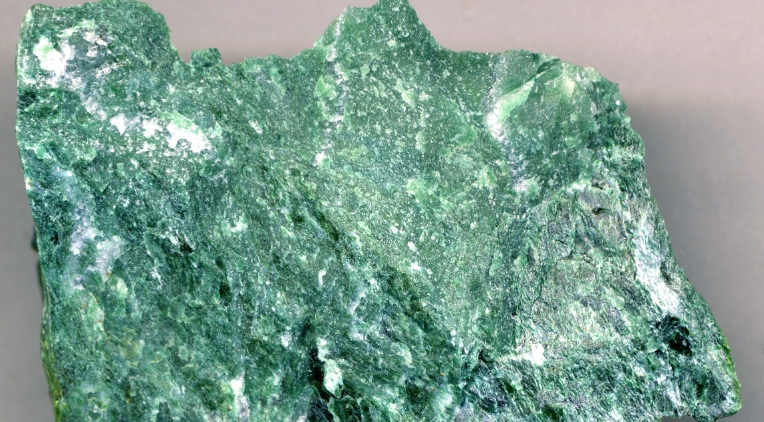Green schist is a type of metamorphic rock that is known for its unique green color and beautiful patterns. Here are some reasons why green schist is significant and worth exploring.
Formation and Composition
Green schist forms from the metamorphism of basalt or other mafic rocks under low temperatures and pressures. It is made up of minerals such as chlorite, amphibole, epidote, and albite, which give it its distinctive green hue.
Color and Appearance
The green color of green schist comes from the presence of chlorite, a green mineral that is abundant in this type of rock. The chlorite crystals give green schist a shimmering, almost iridescent appearance, making it a visually stunning rock to behold.
Uses and Applications
Green schist has been used for centuries in construction, as a decorative stone, and even in jewelry. Its unique color and distinctive patterns make it a popular choice for countertops, flooring, and other decorative purposes.
Geological Significance
Green schist is also important geologically because it is a key indicator of the conditions under which it formed. Studying green schist can provide valuable insights into the processes of metamorphism and the history of the Earth’s crust.
Exploring Green Schist
If you are intrigued by the beauty and significance of green schist, consider taking a closer look at this unique rock. You may be surprised by the intricate patterns and stunning colors that can be found within its layers. Whether you are a geology enthusiast, a rock collector, or simply someone who appreciates the beauty of natural materials, green schist is definitely worth discovering.

